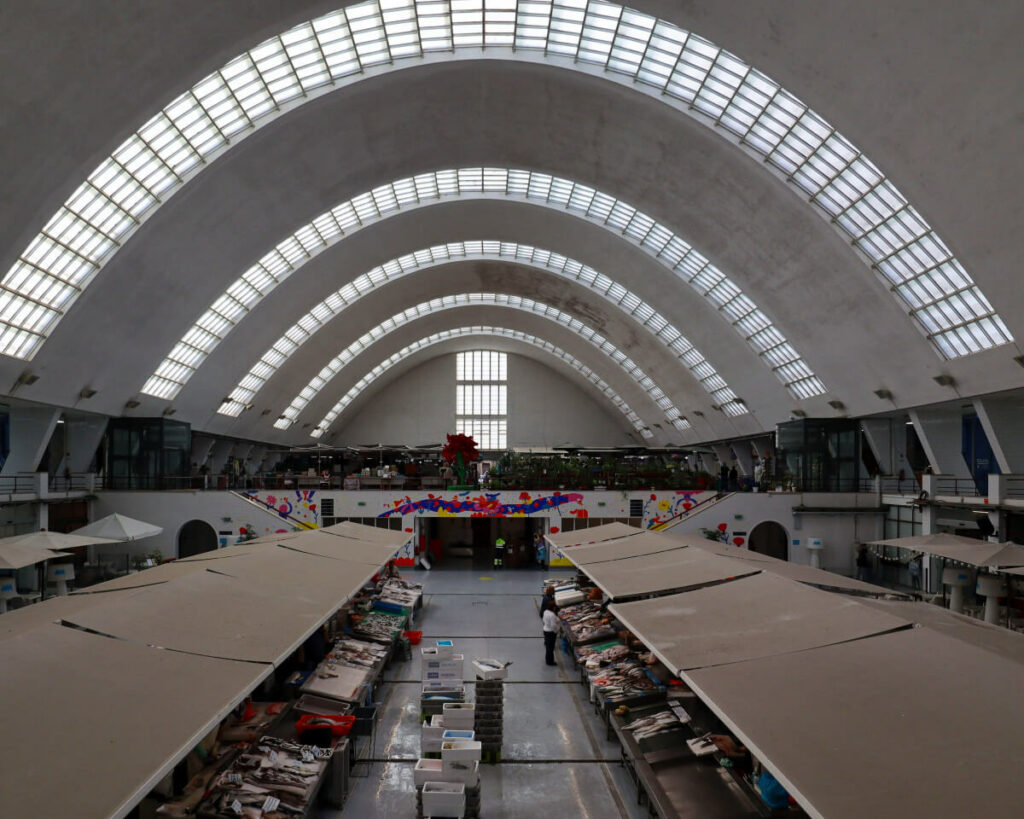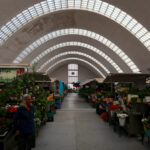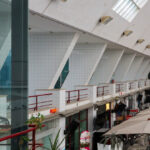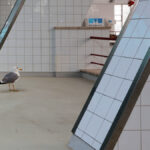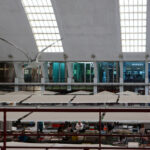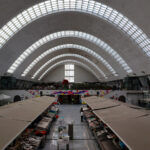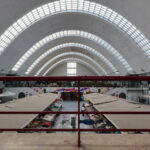The Mercado de Matosinhos, located in the coastal city of Matosinhos near Porto, Portugal, is a striking example of early 20th-century modernist architecture with a functionalist design tailored for public utility. Completed in 1952, the market was designed by architects Fortunato Cabral and Cunha Leão and reflects the pragmatic yet elegant approach of Portuguese modernist architecture of the post-war period.
Key Architectural Features:
Modernist Style: The design follows a rationalist and functionalist aesthetic, prioritizing utility and openness. The market was created to enhance hygiene, accessibility, and natural lighting—modern priorities in public architecture at the time.
Reinforced Concrete Structure: The use of reinforced concrete allowed for large, open interior spaces free of visual clutter, with high ceilings and minimal columns, ideal for the flow of both vendors and customers.
Central Courtyard: A defining feature of the building is the large, open-air central courtyard surrounded by two floors of stalls and shops. This design allows natural light to penetrate deep into the market and facilitates ventilation.
Large Arched Openings and Glass Blocks: The building uses curved and rectangular forms together, with wide arched entryways and clerestory glass block windows that let in diffuse light without compromising structure or sanitation.
Functional Zoning: The market is carefully organized by food categories—fish, meat, produce—which is typical of mid-century market planning. This zoning is integrated architecturally to streamline movement and cleanliness.
Architectural Significance:
Mercado de Matosinhos stands as a testament to the era’s civic-minded architecture, where form and function were harmonized to serve the public good. While its primary purpose is utilitarian—as a fresh food market—it has gained architectural recognition for its elegant modernist principles, and in recent years, the space has seen revitalization efforts that honor its heritage while adapting to contemporary urban life.
